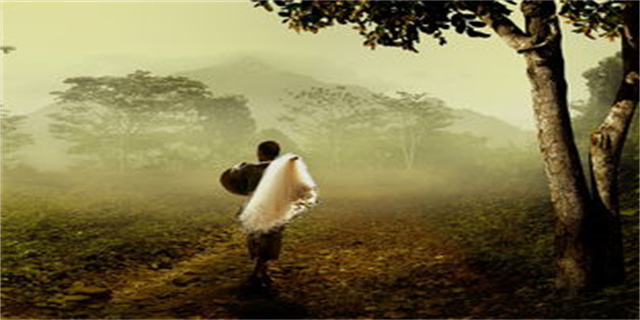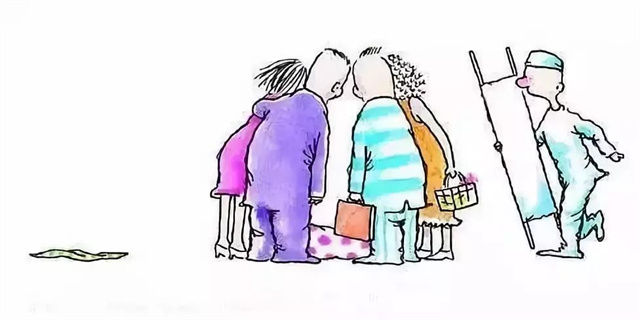vray混合材质(The Magic of V-Ray Blend Materials)
The Magic of V-Ray Blend Materials
Introduction:
V-Ray Blend Materials is a powerful feature in the world of 3D rendering, opening up a whole realm of creative possibilities for artists and designers. By combining different materials and textures, V-Ray enables users to create stunning and realistic visual effects. In this article, we will explore the capabilities of V-Ray Blend Materials and how they can be used to elevate the quality of 3D renders.

Understanding V-Ray Blend Materials:
1. What are V-Ray Blend Materials?

At its core, V-Ray Blend Materials involve blending two or more materials together to create a new surface. This process involves assigning specific maps or values to control the blending of different materials. By manipulating these maps or values, artists can achieve seamless transitions between materials, adding depth, complexity, and realism to their 3D scenes.
2. Combining Different Material Types
V-Ray Blend Materials allow users to combine different material types, such as diffuse, glossy, or reflective, to create unique and compelling surfaces. The ability to seamlessly blend these materials opens up endless possibilities for creating surfaces that have multiple properties, enhancing the realism of the rendered image.
3. Usage of Maps and Values
Maps and values play a crucial role in controlling the blending of materials in V-Ray Blend Materials. Artists can utilize various types of maps, such as grayscale maps, procedural maps, or even texture maps, to determine the blending ratios between different materials. This level of control allows for intricate and detailed material transitions, further enhancing the visual appeal of the final render.
Applications in 3D Rendering:
1. Realistic Surface Textures
V-Ray Blend Materials provide an exceptional toolset for creating realistic surface textures. By blending different material types and assigning maps to control the blending, artists can mimic a wide range of natural and man-made surfaces. Whether it's simulating weathered wood, corroded metal, or cracked stone, the possibilities are virtually limitless.
2. Complex Material Transitions
With V-Ray Blend Materials, artists can achieve complex material transitions that were previously challenging to replicate. Whether it's a smooth gradient between two materials, a transition from dry to wet surfaces, or a blending of different patterns, the ability to control the blending ratios and utilize various maps allows for precise and visually stunning material transitions.
3. Creative Freedom
V-Ray Blend Materials offer artists unparalleled creative freedom in their 3D renders. By blending different materials and textures, artists can create unique and unconventional surfaces that push the boundaries of imagination. Whether it's designing futuristic architectural facades or crafting surreal landscapes, V-Ray Blend Materials enable artists to bring their visions to life.
Conclusion:
V-Ray Blend Materials revolutionize the way artists approach 3D rendering with their ability to blend different materials and textures seamlessly. By leveraging the power of maps and values, artists can achieve realistic and complex material transitions, taking their renderings to new heights. With endless possibilities for creative expression, V-Ray Blend Materials empower artists to explore uncharted territories and create visual masterpieces.
So, if you're looking to enhance the quality and realism of your 3D renders, don't overlook the magic of V-Ray Blend Materials.
版权声明:本文内容由互联网用户自发贡献,该文观点仅代表作者本人。本站仅提供信息存储空间服务,不拥有所有权,不承担相关法律责任。如发现本站有涉嫌抄袭侵权/违法违规的内容, 请发送邮件至3237157959@qq.com 举报,一经查实,本站将立刻删除。
